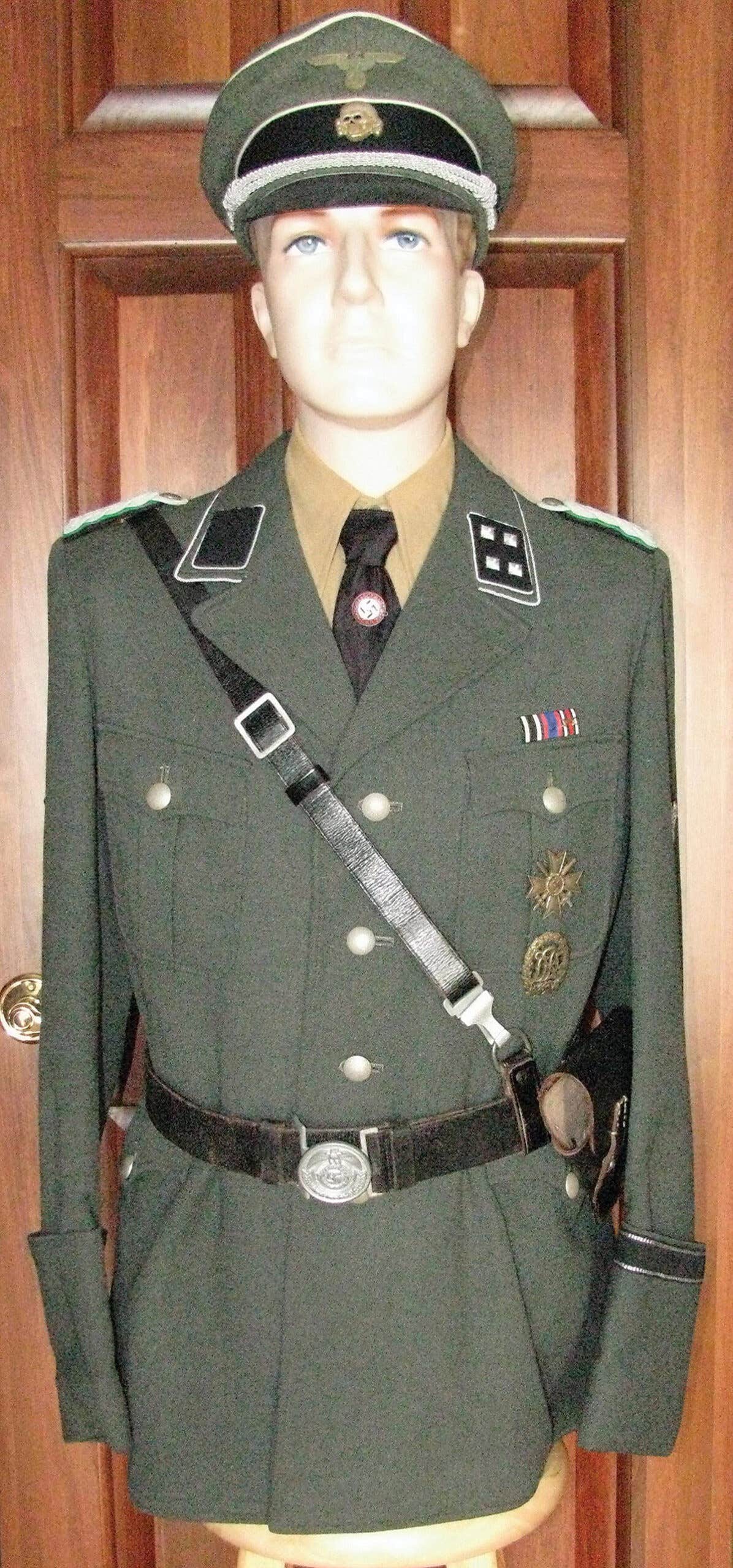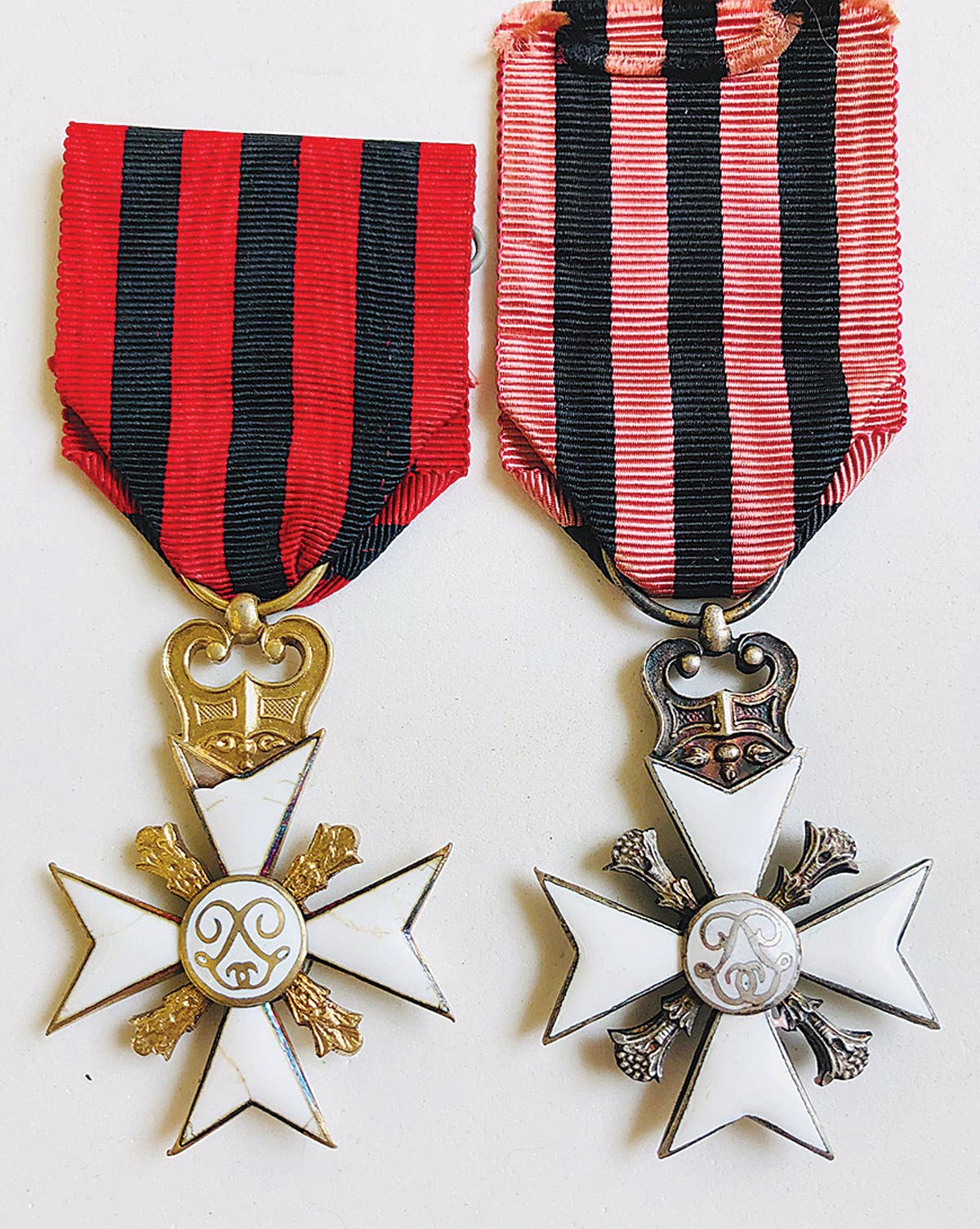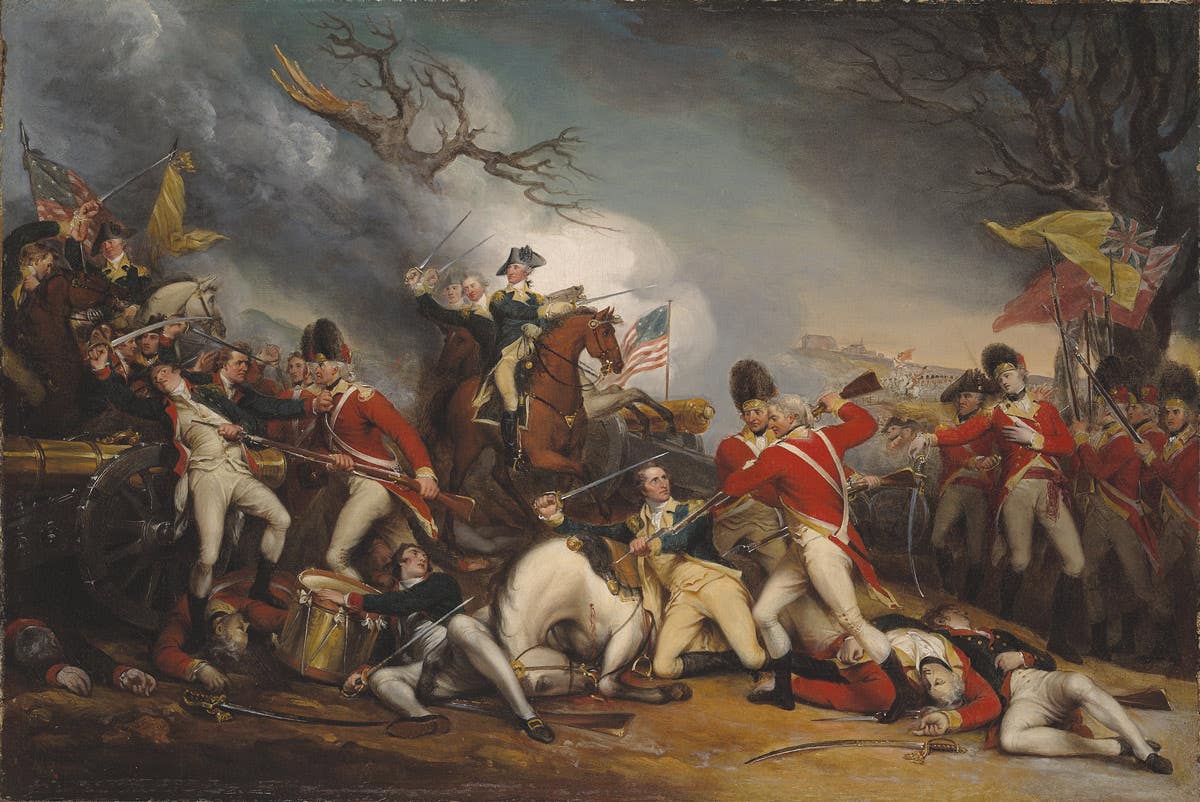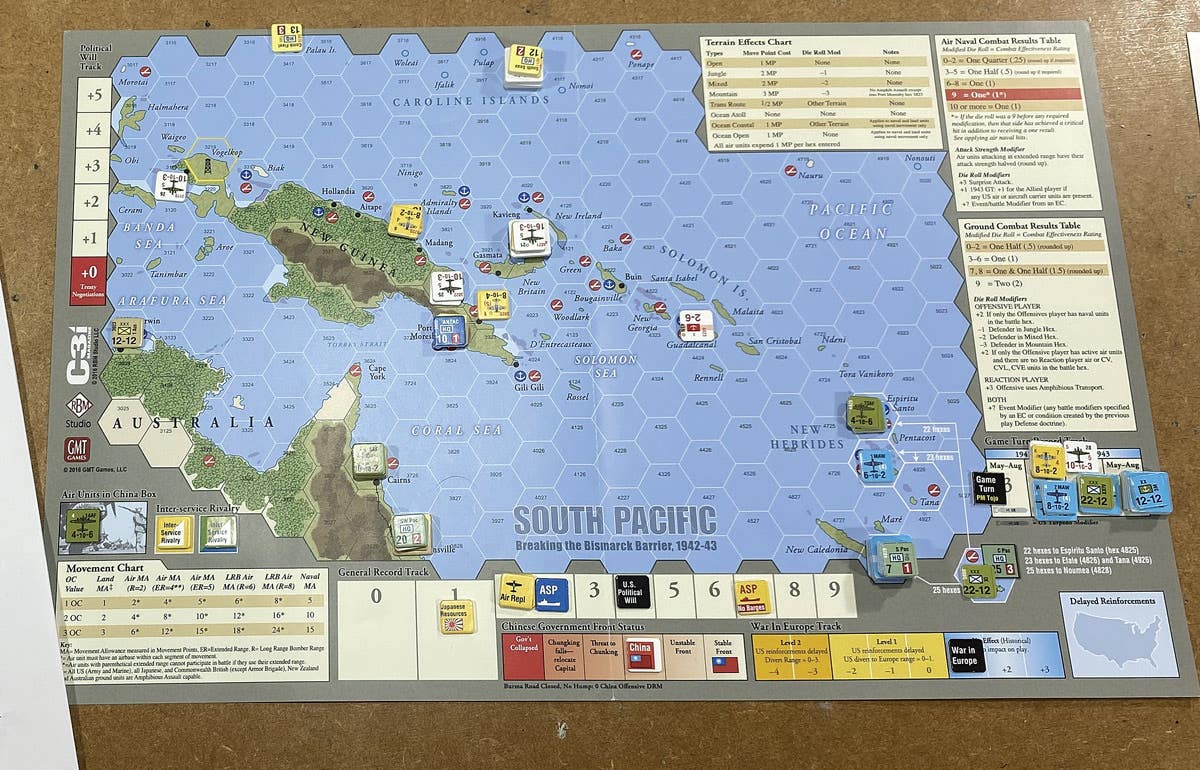David L. Burrows’ favorite medal finds
David L. Burrows choses his ‘Top Picks’ from years of chasing military medals.
The militaria hobby is wide ranging and offers many options for the collector. Over the years I have met many fellow collectors whose main interests ranged far and wide, from amassing large collections of divisional and unit insignia, to accumulating every possible enameled unit insignia (DUI’s). Others collected military weapons ranging from side arms, to rifles and even military swords.
One of the most fascinating areas of collecting for me is military medals and orders. When a collector holds a medal in his or her hand, there is much history associated with the medal; they have a personal feel, and we usually remember how and when the item was acquired. Orders often require more immediate and larger capital outlay, but often end up as a better investment.
As a beginner, it was easier for me to find the more common medals, which allowed me an opportunity to buy a few inexpensive pieces at a time. Over many years, the collection continued to expand. Following are some of the “Top Picks” of my collection based on many factors, including rarity, value, aesthetic appeal or even the memory of how I acquired the item:
WWI pairing of a German WWI Iron Cross and Kingdom of Wurttemberg Military Merit Medal
WWI pairing of a German WWI Iron Cross and Kingdom of Wurttemberg Military Merit Medal silver grade. While not particularly expensive or rare, this would be the first medals given to me as a young teenager in the 1950s. The German WWI Cross and Silver Weurtemberg pair was given to me by a favorite Aunt, who often would surprise me with an unexpected gift.” When asked how she acquired them, she told me it was from a friend who worked as a chauffeur for a wealthy Pittsburgh family. He was a former German prisoner of war and had spent time in an American prison in one of the southern states. At the end of the war, he decided to stay in the United States. The gift was a memorable start to collecting military decorations — a pursuit that has lasted many decades. In an interesting twist, a noted Pittsburgh collector and “picker” friend, Walter Seal, in recent months contacted me saying he had some interesting WWI German medals for sale. The group turned out to be a perfect compliment to the original German pairing and included a standard German Iron Cross, 3 additional Wurttemberg medals, and a Prussian Order of the Red Eagle.
Rare Type IV Army Congressional Medal of Honor
The type IV was issued between 1913 and 1944. The previous type III (1904-1913) typically used a chest ribbon that, like the type IV, was used until 1944 when all later Medals of Honor were mounted on neck cravats. The main difference between a type III and type IV is that the III has a small ring soldered to the back of the brooch, allowing the medal to be suspended from a cravat. The Congressional Medal of Honor is the highest award of U.S. Military Forces. It was acquired from a teaching colleague in a multi-medal purchase in May of 2005.
Original Soviet Union Order of Lenin
This award was established on May 5, 1930 and commands great prestige as that country’s highest award. The medal is not only beautifully designed, it is composed of gold and platinum. It was acquired in November 2000 at a MAX Show in Pittsburgh. The medal was purchased from Paul McDaniel, the co-author of the Comprehensive Guide to Soviet Orders and Medals. The medal was highly documented and certified as the Order of Lenin, #35495 and was issued to Lieutenant Colonel Vladimir Ivanovich Lipetsky on 2/21/1945. The reverse image shows the correct serial number. It’s one of my favorites due to its prestige, rarity, value, and because it was purchased from a noted expert on Soviet awards.
Numbered Distinguished Service Cross
In February of 2002, while attending the Lakeview Antique Show in Cheat Lake, W.V., I was having a conversation with a dealer who occasionally came across military items. A bystander heard our conversation and indicated to me he had an item of interest in his truck outside. Upon returning he showed a small military case revealing a numbered Distinguished Service Cross number #373 and an impressive WWI Victory Medal to the same recipient. A purchase was immediately consummated, making both seller and buyer extremely happy. The DSC #373 was awarded to Private Nick Costianes of the 168th Infantry, C. M, 42nd Infantry Division, Northeast of Chateau-Thierry, France July 28, 1918. Costianes was a resident of Greenville, Pa., and born in Greece. His citation indicated that on July 28, 1918 along with four other men, he raided an enemy machine gun nest held by 12 Germans. As a result of his daring and presence of mind, one of the enemy was killed, the other 11 captured, and their four machine guns turned upon the retreating foe. It was a medal pairing that kept on giving; I submitted the story of my purchase to the Military Trader magazine feature “Favorite Finds”. It was then published in the December 2015 issue, and I was invited to submit additional stories for the magazine. Now some 60-plus articles later, the journey continues!
Two versions of the Most Excellent Order of the British Empire
This award was instituted in June 1917 by King George V during the First World War for service to the Empire at home, in India and in the overseas dominions and colonies. Both military and civil divisions and in various grades are found. My first example was discovered while exploring the antique lanes of London in 1991. Finding Gordon’s Medals and Collectables would yield an amazing selection and I quickly purchased a woman’s shoulder version of a Members Order of the British Empire. Found in a Garrard & Co. Ltd. Official case, the medal is in the form of a frosted silver four-arm cross patonce. Fortunately, by 1998, a noted military collector I knew needed several Canadian military medals from my collection and was willing to sell a striking cased Commander version of the Most Excellent Order of the British Empire (CBE). This second example was found in a Garrard & Co. Ltd. Case like my other MBE. This large four-arm Cross patonce is found in silver gilt and enameled pearl grey arms 62mm wide. An image of Britannia is found inside a red enameled circle inscribed “For God and the Empire”.
Illinois 1st Infantry Long & Honorable Service Medal
This is one of the most beautifully designed and aesthetically pleasing U.S. National Guard medals. Our examples show the dramatic obverse with a wreathed number “1”(First Regiment) center within a circle with the legend “Long and Honorable Service” and intersected by crossed infantry rifles, all atop a radiant starburst. The “I.C.G.” monogram is found at the bottom and an American Bald Eagle and shield is found at the top. The medal is suspended from a chain link attached to a brooch bearing the legend “Pro Patria” (For Country). A silver and bronze version were purchased from noted military dealer Jeff Floyd at the 2015 Max Show in Pittsburgh. Both are attributed to the same man and maker, shown on the obverse as H.M. Schridde Co. of Chicago. The third example is an earlier (1903) award to a different soldier and a different maker, S.D. Childs Company, also of Chicago. This example was purchased in 2020 from another noted seller, Craig Luther, of Milwaukee, Wis. The trio make for a dramatic presentation and the stories of their purchases provide fond memories for me. It should be noted that gold versions of the medal exist from other makers, including Tiffany of New York.
Three World War I local medals
This area is perhaps closest to being my central collecting interest. For any collector in this area two important texts are paramount. The first is the State, County, City and Organization Medals for World War One, by Richard L. Planck. In this text Planck lists every known type for each of the cities for every state published in 1995. Thousands of local entities are covered. An equally valuable text is World War I Service Medals issued by State, Counties, Cities, and Towns by Louis W. Small (1990). The Small reference lists every known entity by state and by type, but also includes an estimate of the numbers issued based on the 1920 census of the location. While some locations issued several thousand medals, a few locations existed issuing less than an estimated 25. Three medals in my collection meet this criteria: a Madison, N.Y., WWI Service Medal, another one from West Harford, Conn., and a third from Center Harbor, N.H. Serious collectors in this area know that even rarer local issues may exist and that both the Planck and Small references point out other WWI issues may be yet discovered.
Two Italian orders
These two “Best Picks” come from two close geographical locations, the Vatican and Italy. The Vatican Order is the Equestrian Order of the Holy Sepulchre of Jerusalem. The order’s mandate originates from the time of the crusader knights who were responsible for the protecting Christian pilgrims traveling to the sacred sites, including Jerusalem. Our Vatican examples are a men’s Commander’s Cross and one for a Lady Commander Cross of the Order. They trace roots to circa 1099 and the First Crusade. It is an internationally recognized order of knighthood. It is recognized by Papal Bull with the Pope as sovereign of the Order.
A second example of a dramatic order originating as a dynastic order of chivalry is the Order of Saints Maurice and Lazarus. This dynastic order of knighthood is bestowed by the royal House of Savoy and is the second-oldest order of knighthood in the world. The Order of Saint Lazarus dates to 1199 (which used a green-enameled Maltese Cross) while the Order of Saint Maurice dates to 1434 and used a white enameled cross bottony as its symbol. Both Orders were combined in 1572 by Pope Gregory XIII in perpetuity with the Crown of Savoy. Our example shows both the commander and knight versions of the order. An interesting side note was that order was again purchased from Walter Seal several years ago on consignment from a local contact.
Panama Order of Vasco Nunez de Balboa
As a collector of medals and orders, this writer adheres to the old adage “he never saw a medal he didn’t like” Several months ago, I was searching eBay and spotted a dramatic example of a cased “Panama Order of Vasco Nunez de Balboa”, which included not only a beautiful neck order, but included a matching “Star”. The order was instituted in 1941 by Panama and awarded to nationals and foreigners for service in the field of diplomacy. At the last minute, I threw up what I thought was a high bid, but lost out to a winning bid that was almost $200 higher. In a surprising development a week later, eBay contacted me and indicated the top bidder failed to pay and the Panama Order could be purchased at my original bid. I was elated and now it’s one my favorite finds. It was awarded to John Martin Cates, Jr., law school graduate and a member of the U.S. Diplomatic Service who worked in Venezuela, Mexico and Panama. The neck and sash medal is a 54mm white enamel four-arm pointed star imposed on a gold and green wreath with a gold bust of Balboa in the center. The inscription reads “Orden De Vasco De Nunez De Balboa”. The companion breast star is 80mm in diameter with identical design to the neck order, but imposed on an eight-arm rayed star. It is entirely appropriate that the award honors the Spanish explorer Balboa, who was the first European to cross the Panamanian Isthmus before reaching the Pacific Ocean in 1513.
These days, the journey continues to expand my collection of medals and orders. The quest is limited only by time and finances. Since I am not constrained to a certain collecting area of awards, my hope is that many new “Top Picks” will be found in the future. The search goes on.
Love medals? Here are a few more articles for your reading enjoyment.
*As an Amazon Associate, Military Trader & Vehicles earns from qualifying purchases.
David Burrows is a retired educator and life long military collector. He started collecting as a teenager. David was a physics teacher for 37 years with the Pittsburgh Public schools. He is a frequent contributor to Military Trader as well as the OMSA Journal. His other passion with British cars has resulted in many feature stories both in US publications as well as international publications over the last 30 years.







